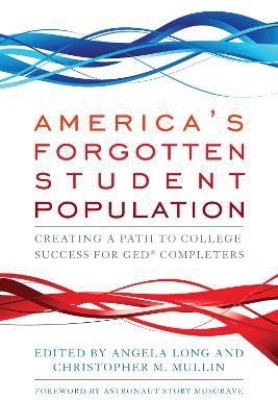America's Forgotten Student Population(English, Paperback, unknown)
Quick Overview
Product Price Comparison
Constituting one in twelve of adult Americans, GED certificate holders comprise a major pool of underdeveloped human capital in our society. They are a resource that will be sorely needed as "boomers" reach retirement and the traditional pipeline of 17 - 23 year olds falls short of filling our growing workforce needs. Although these nontraditional students can potentially meet our future workforce demands, and although half of them enter post-secondary education, half of those who do so drop out of college for lack of basic support systems - often at the very same institutions that provided programs of retention while they were earning their GED and completing basic Adult Education classes. Yet national data collected by the National Center for Educational Statistics reveals that GED certificate holders who persist to their second year of community college studies accumulate grade point averages equal to high school graduates, refuting widely held beliefs that GED earners are not capable of rigorous academic work. This is the first book to remedy the dearth of data on this forgotten population, to present original research on these students, describing their characteristics and motivations, and to provide proven models for identifying, retaining and graduating this under-counted and underestimated cohort. It addresses the issue of the pipeline from GED centers to postsecondary education, and includes first-person narratives that offer vivid insights into GED earners' resilience and needs. As this book reveals, more than 40 percent of community colleges responding to a 2010 ACT survey have no one responsible for coordinating retention efforts; and more than half have no goals for first-year student retention; and estimates that community colleges are cumulatively foregoing over $1.5 billion in revenues as the result of failing to retain their GED populations.This book is a comprehensive resource for college administrators, and for educational policy makers and researchers, offering both broad policy recommendations and tested ideas and models that can be implemented at the state and institutional level.


